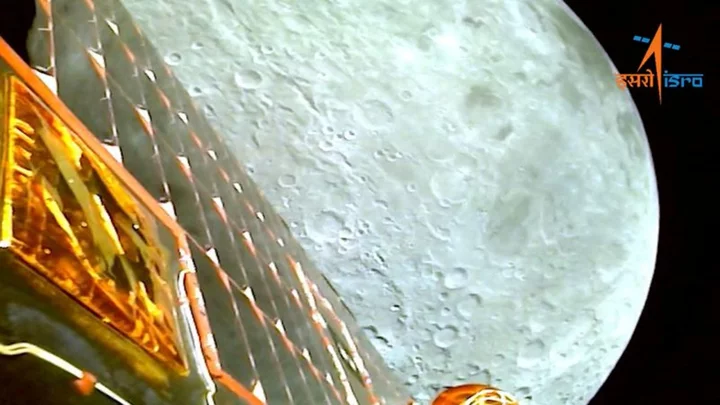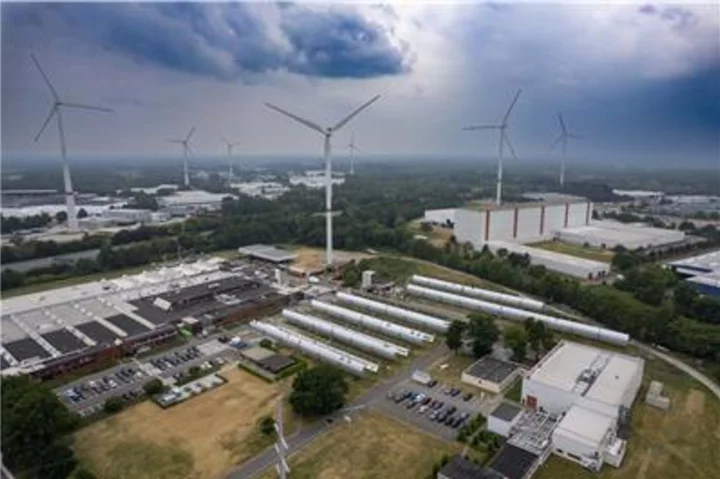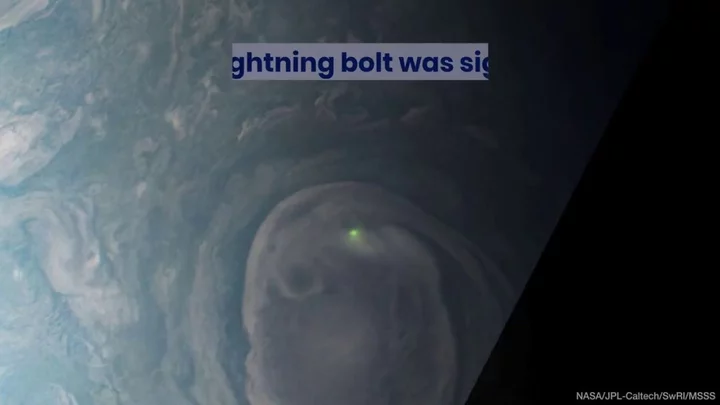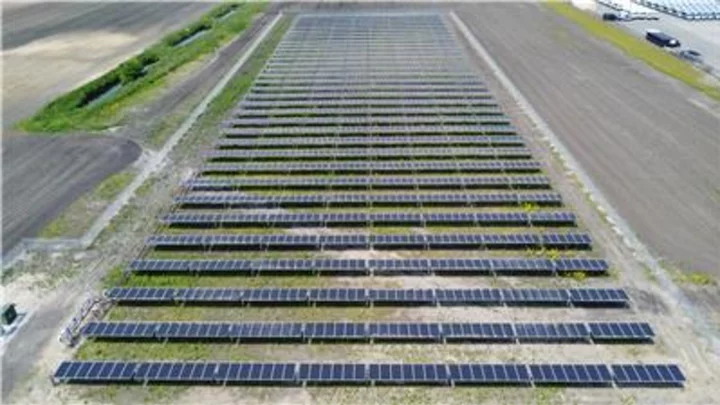BENGALURU India is set to launch its next space venture, a mission to study the sun and its effect on space weather, days after the historical landing of its Chandrayaan-3 space craft on the lunar south pole.
Here are highlights of Indian Space Research Organisation's (ISRO) upcoming and past missions:
ADITYA-L1
Slated for launch on Sept. 2, the Aditya L1 (Aditya is a name for the sun in the Hindi language) is the first Indian space mission to study the sun. The spacecraft will be placed in an orbit around the Lagrange point 1 (L1) of the Sun-Earth system, about 1.5 million km (930,000 miles) from earth, where the gravitational effects of both bodies cancel each other out. That "parking lot" in space allows objects to stay put because of balancing gravitational forces, reducing fuel consumption by the spacecraft.
The mission aims to observe solar activities and their effects on space weather in real time.
In 2019, the government sanctioned the equivalent of about $46 million for the Aditya-L1 mission. ISRO has not given an official update on costs.
GAGANYAAN
India's first crewed space mission ("Gagan" means sky in Hindi, "yaan" is craft) plans to launch a crew of three to an orbit of 400 km (250 miles) for a three-day mission before landing in Indian waters.
ISRO has said its Vikram Sarabhai Space Centre had successfully tested systems for stabilising the crew module and safely reducing its velocity during re-entry.
Earlier this year, the deputy minister for science & technology, Jitendra Singh, said about 90.23 billion rupees ($1.08 billion) had been allocated for the Gaganyaan program. ISRO says it will focus on achieving a sustained human presence in space once Gaganyaan is completed.
No official kickoff date has been announced, but ISRO has said the mission will most likely be ready in 2024.
NASA-ISRO SAR (NISAR) SATELLITE
NASA-ISRO SAR (NISAR) is a low-Earth orbit observatory system jointly developed by NASA and ISRO. NISAR will map the entire planet once every 12 days, providing data for understanding changes in ecosystems, ice mass, vegetation biomass, sea level rise, ground water and natural hazards including earthquakes, tsunamis, volcanoes and landslides.
Roughly the size of an SUV, the satellite is set to be launched from India in the first quarter of next year, with a target launch set for January.
PAST MISSIONS:
* Chandrayaan-3 - On August 23, India became the first country to safely land a craft in the moon's south pole region. The mission is ongoing, with ISRO saying its rover had confirmed the presence of sulphur, iron, oxygen and other elements on the moon.
* Chandrayaan-2 - In 2019, ISRO launched its second moon mission, its first attempt to study the lunar south pole. The mission included an orbiter, lander and rover, and was launched amid high expectations. Although it deployed the orbiter successfully, the lander crashed.
* Mars Orbiter Mission (MOM) - In 2013, ISRO became the fourth space agency to put a spacecraft in the Mars orbit. MOM, which had a projected mission time of only six months, did not lose contact with ground controllers until 2022.
* Chandrayaan-1 - India's first mission to the Moon was launched successfully in 2008. The satellite made more than 3,400 orbits around the moon and confirmed the presence of water ice on the moon; the mission concluded when communication with the spacecraft was lost on Aug. 29, 2009.
(Reporting by Nivedita Bhattacharjee in Bengaluru; Editing by Gerry Doyle and Raju Gopalakrishnan)









